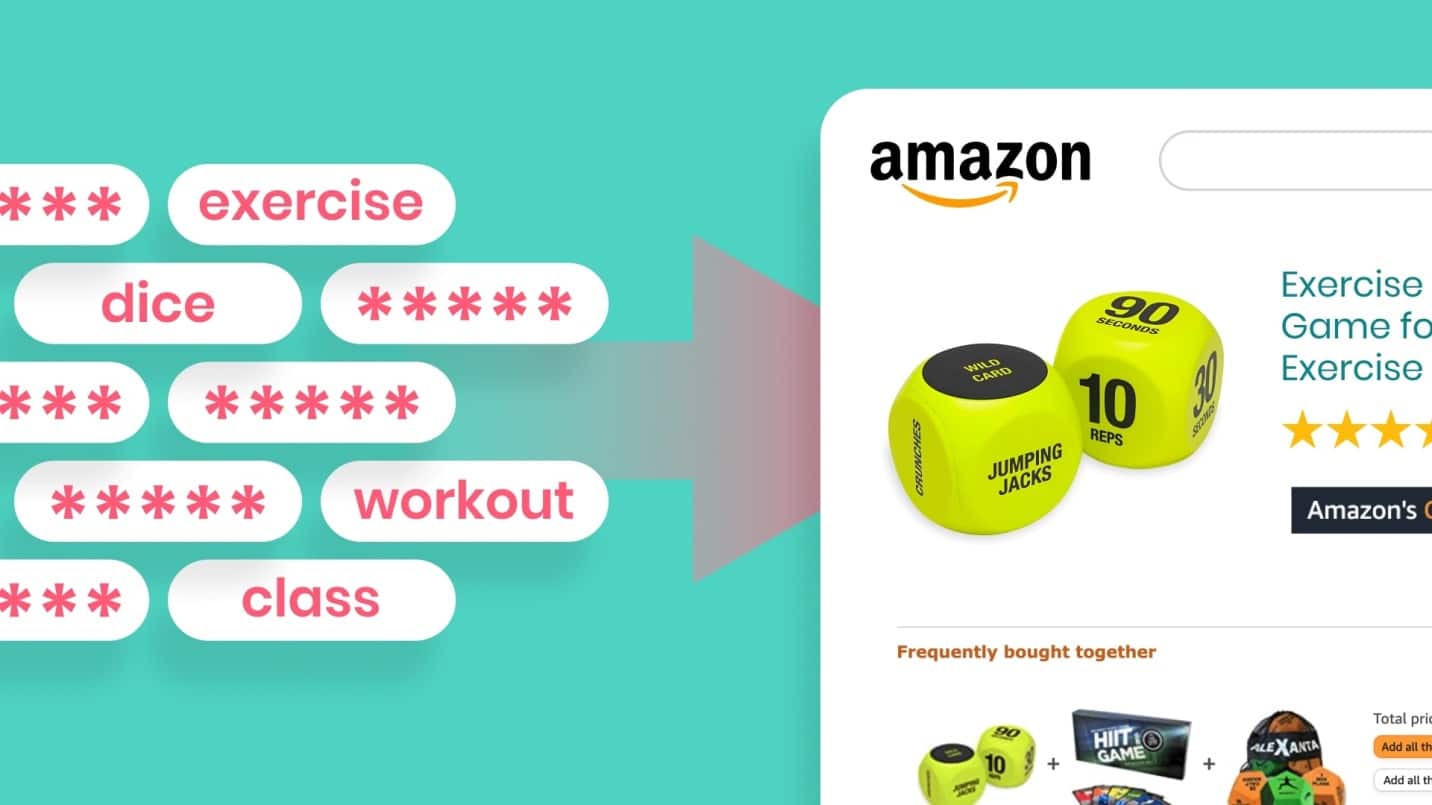
The concept of getting your materials to the right people is the true nature of the business on KDP. And getting searches to pick up on your writing and other POD offerings is what will increase your sales far more than almost anything else. And how do you do this the right way? You need to have the right keywords. Without that, you cannot optimize how the search engines see you. Today, we take a look at the importance of getting the right ones to represent you and what you do. Specifically, we will take a look at the keywords listed in the backend of your KDP listing.
Keywords, or, How I Learned To Stop Worrying and Love The Algorithm
When it comes to improving visibility and generating sales, ecommerce business owners understand the importance of keywords. The same principles that govern Google’s search engine apply to the Amazon A9 algorithm – the arithmetic that distinguishes between merchants who convert and those who do not. Increasing visibility on Amazon is important, but it is not as important as relevancy. In order to attract as many visitors as possible, novice merchants pack their product descriptions and titles with the most competitive keywords. Buyers, on the other hand, sometimes distrust keyword stuffing.
Baby Got Backend
But what exactly is the back end of an Amazon listing? If you are unfamiliar with the terminology, you are hardly alone. Backend keywords are those that only Amazon sellers have access to. Visitors will not see these terms, but they are a means for Amazon’s algorithm to know that a given keyword is important to your offering. Essentially, this allows sellers to target keywords that they would not be able to target on the product page. What Amazon will look for are these keywords and you will have several slots to put them in. When the A9 algorithm ranks search results, keywords in product descriptions and titles help. Customers can notice them, indicating that the products are relevant to their needs. Backend keywords, often known as “Amazon seller keywords,” are recognized by the algorithm but are not visible to buyers.
These keywords enable vendors to target relevant keywords while keeping their product pages uncluttered. Including backend keywords in an Amazon ad boosts visibility and conversions by allowing the algorithm to index them in search results behind the scenes.
Look for Jewels While Others Pan for Gold
Find the term that best characterizes your product in a generic way. Let’s say the KDP product you are trying to push is a day planner aimed at college students. For this type of thing, your keywords will almost certainly include “day planner” or “college student planner”. But when you scan through the listing by a keyword search, you may have noticed that the majority of the entries on page one all appear to be the same. Unfortunately, this is what occurs when Amazon vendors attempt to replicate their success. It will be difficult for you to rank for “college student planner” when you are competing with thousands of other listings for same keyword. This isn’t to say you shouldn’t go after that term, but also include some of terms that seem to say the same thing but are not as saturated in usage (ex> “university class yearly planner”). Find a sufficient number of these hidden jewels and enjoy increased rankings and sales.
The older method of doing this that publishers employed for a very long time was a standard format in which very little was put on the first few entry lines for keywords and then a glut of informative words and phrases, delineated by semi-colons, were jammed into the remaining spaces. This is no longer needed, in fact it could work against you. There are far cleaner ways today. Backend keywords on Amazon are an alternative to this type of keyword stuffing. They enable sellers to incorporate all of their targets without clogging their listing, maximizing their standing on Amazon while retaining a professional voice in the listing. Relevant keywords can be utilized as backend keywords to guarantee that your visible material remains engaging, based on a balance of how frequently they are searched and how aggressively other sellers fight for them. Backend keywords allow both the marketing and copywriting sides of your Amazon operation some breathing room because A9 appreciates well-written content without keyword stuffing.
There are more reasons why backend keywords are a crucial component of any Amazon SEO approach. Assume you’re a seller in a niche market with few competitors but severe competition for prospects on the site. Any seller understands the value of researching his or her competitor’s page to see which keywords they are targeting. You can keep your technique secret by employing backend keywords, which may help you to rank on Amazon for keywords that your competitors did not consider.
Amazon Indexing and Ranking
There is also Amazon Indexing and Ranking to consider. Amazon ranking describes the position of your goods in search results (both its position and page). The higher your product ranks in relevant terms, the greater its visibility. This has a significant impact on Amazon sales, with over 70% of purchases occurring from the first page of search results. To rank its visibility in the results, the A9 algorithm considers how your products do on Amazon in their keyword category. As a result, increasing sales in a specific keyword category is a time-sensitive goal on Amazon; the longer your sales are slow, the lower Amazon will rank your products in that term.
The term “indexing” relates to how Amazon recognizes and categorizes your listing. If your product is indexed in a term, it will appear in search results that include that keyword. But how can you tell if a word is indexed? Amazon will not index every backend term you use in every ad you generate, even PPC advertising. Amazon employs a machine learning algorithm to analyze search relevancy, ensuring that brand names and objectionable terms are not indexed. The simplest method is to utilize the product’s ASIN, which can be found on your product page as well as in the listing’s URL. Enter the 10-digit character, followed by the keyword you want to check, into the Amazon search field. If your product appears in the search results, it has been indexed by Amazon for that keyword.
This part of selling on higher levels isn’t always the most fun, but it will aid in making your hard work financially satisfying. Read all you can on this topic and decide for yourself what you want your keyword strategy to be.


